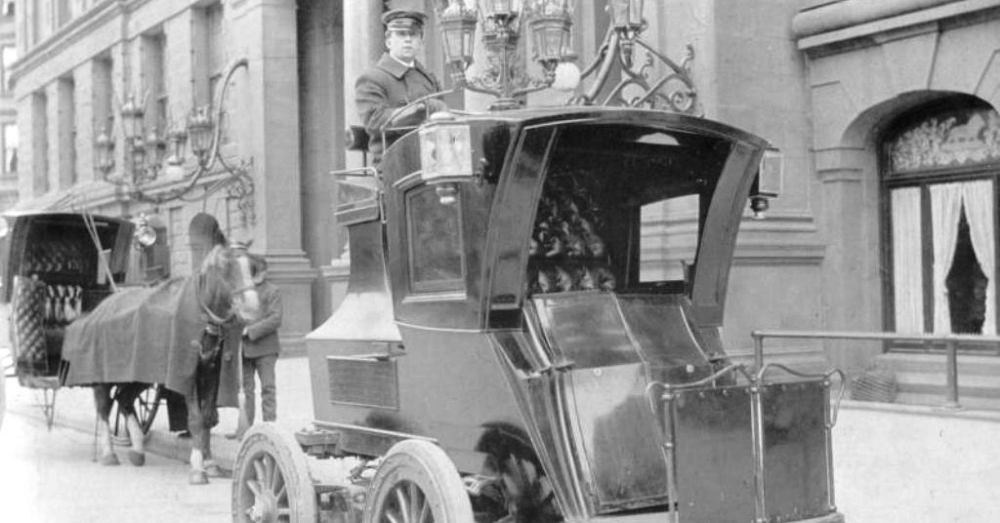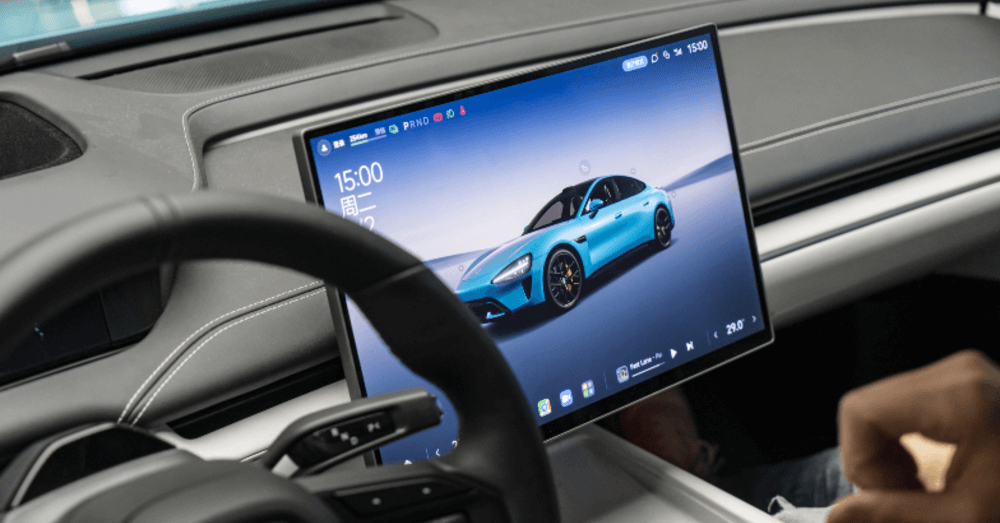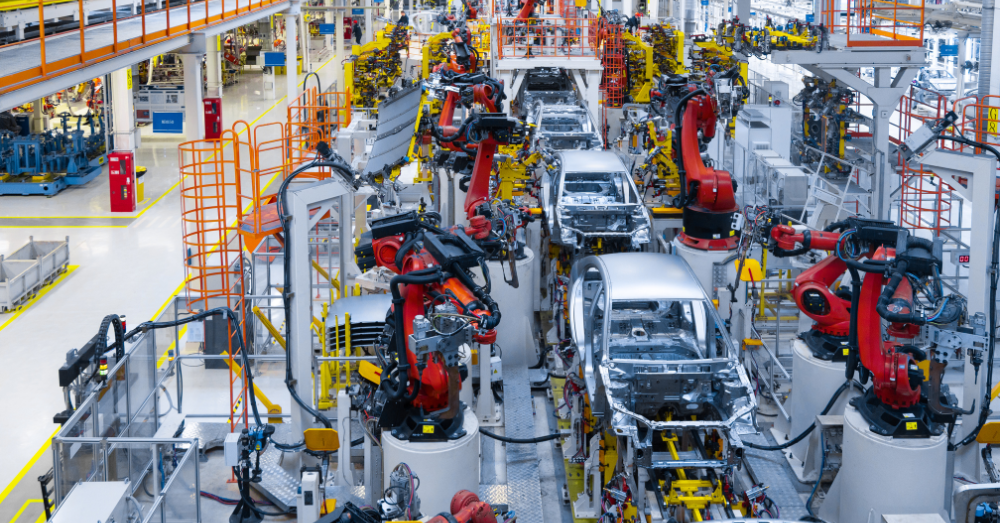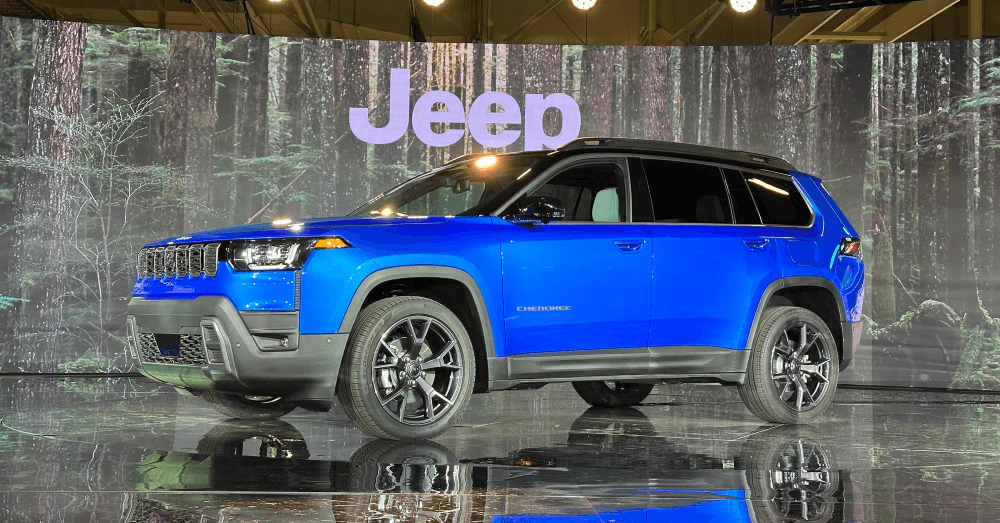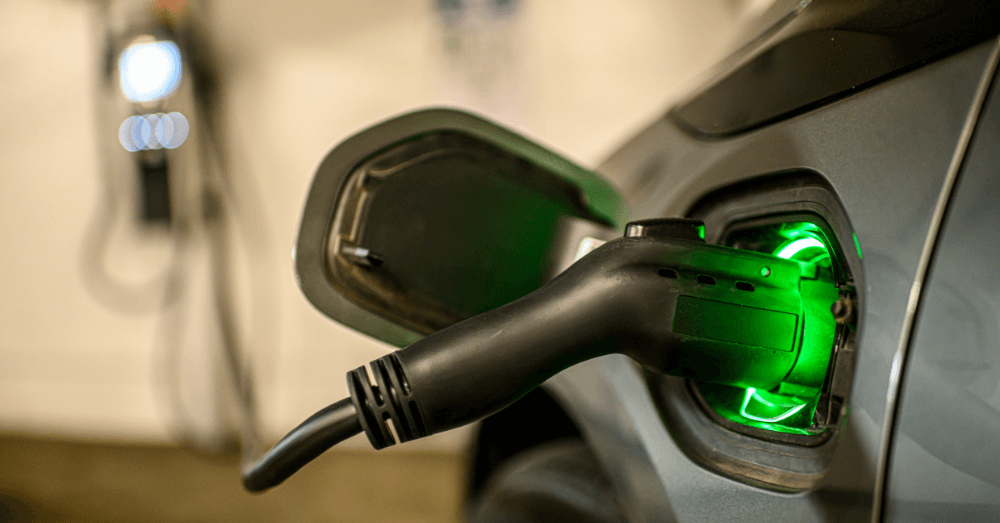Electric cars seem like something new, but they’ve really been around longer than internal combustion cars. Let’s look at America’s first EV revolution.
Despite the new feeling that electric cars provide, vehicles powered by batteries were around long before the first gas-powered engine was created. Sometimes, we don’t realize how far back something that seems new might go, giving us a little extra perspective to clear up any misunderstandings we might have about these cars.
Let’s take a look at some of these early models and the challenges facing them.
A parlor trick that caught on
Batteries have been around for a long time and used to power various devices. Despite the lack of rechargeable batteries in the 1830s, Robert Anderson of Scotland created a motorized carriage that operated using battery power. This was much more of a parlor trick than it was a useful type of transportation, but everything must start somewhere.
An electric train
In 1837, Robert Davidson built a prototype model of an electric train. He demonstrated a larger model in 1841, and the machine was capable of traveling 1.5 miles at 4 mph before it needed new batteries. This locomotor could tow six tons, but it infuriated railway workers of the time and they destroyed it.
Rechargeable batteries
Batteries that could be recharged finally hit the market in 1859, which made the idea of electric vehicles much more of a possibility. Sometime around 1884, Thomas Park helped launch electric-powered trams and built prototype electric cars in England. After this, William Morrison of Des Moines, Iowa, finally began the EV revolution in America. He built an electric carriage in 1887 that appeared in the city parade in 1888.
Morrison’s invention was an FWD, 4-horsepower machine that could reach a top speed of 20 mph. It had 24 battery cells that needed to be recharged every 50 miles. That’s pretty good, considering some of the early EVs from the 2010s couldn’t achieve this driving distance with their battery cells. This carriage became a hit at the 1893 Chicago World’s Fair.
The Electrobat
Two inventors from Philadelphia came up with the Elctrobat, which was a battery-operated street car that was patented in 1894. It was heavy and slow, with 1,600 pounds of batteries on board. This car could move 25 miles and reach a top speed of 20 mph, which was pretty good for the times. Electrobats won a series of five-mile sprint races against gasoline cars in 1896.
EVs as cabs in New York
New York City cabs were horse-drawn vehicles in the late 1800s and early 1900s. The inventors of the Electrobat built a few electric Hansom cabs that would be used instead of horses. This was the first commercial effort in the EV revolution of the time. The idea was sold to Isaac L. Rice, who incorporated the Electric Vehicle Company in New Jersey and began to use up to 600 of these electric cabs in New York with smaller fleets in Boston, Baltimore, and other easter cities.
Not only was Rice revolutionizing the transportation industry with these electric cabs, but he created a great way to keep them on the road. He converted an ice arena to a battery-swapping station that would allow a cab to drive in, have the spent batteries replaced with a recharged set, and then move out.
Unfortunately, the company expanded too quickly and ran into conflicts that collapsed the EV taxi venture by 1907.
Names you know
Some of the top names in the automotive industry over the past century were also involved in the EV revolution of the early 1900s. Ransom Eli Olds built a short run of electric horseless carriages before he created the first mass-market Oldsmobile cars. One of the only surviving models of that electric era is located in a museum in Lansing, Michigan.
Another name you know is Porsche. In 1898, Dr. Ferdinand Porsche, father of the Porsche founder, created an electric-drive system in 1898 that weighed 286 pounds and made five horsepower. This system could push a buggy to 22 mph, and it won a 25-mile race for electric vehicles at a Berlin exhibition in 1899.
Similarities to today’s EVs
The first EV revolution took place more than 100 years before the automotive world began exploring electricity as a viable fuel for vehicles. Like today’s EVs, early models required time to recharge the batteries and had limited driving ranges, which is a problem that most EVs still face today. Some things are bound to come back around, and electric cars are one of those things.

